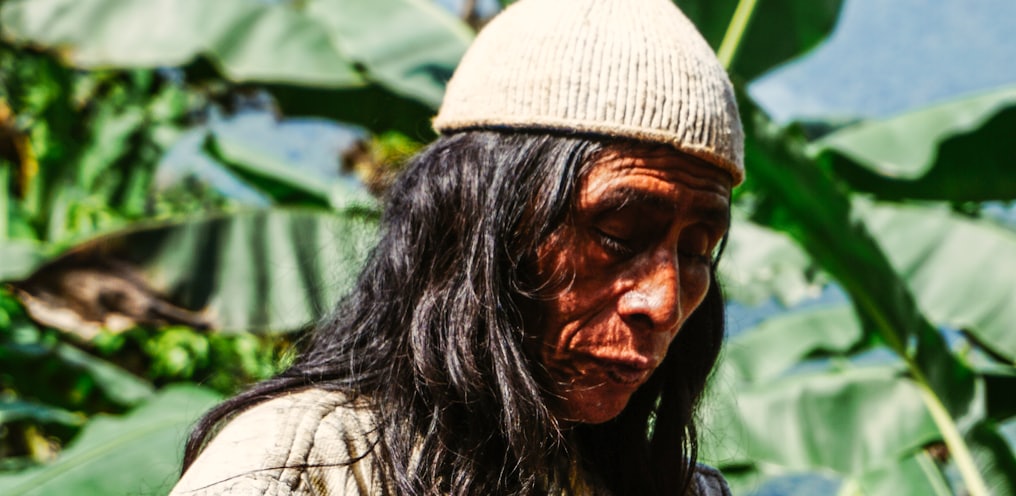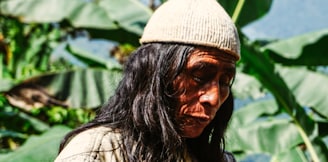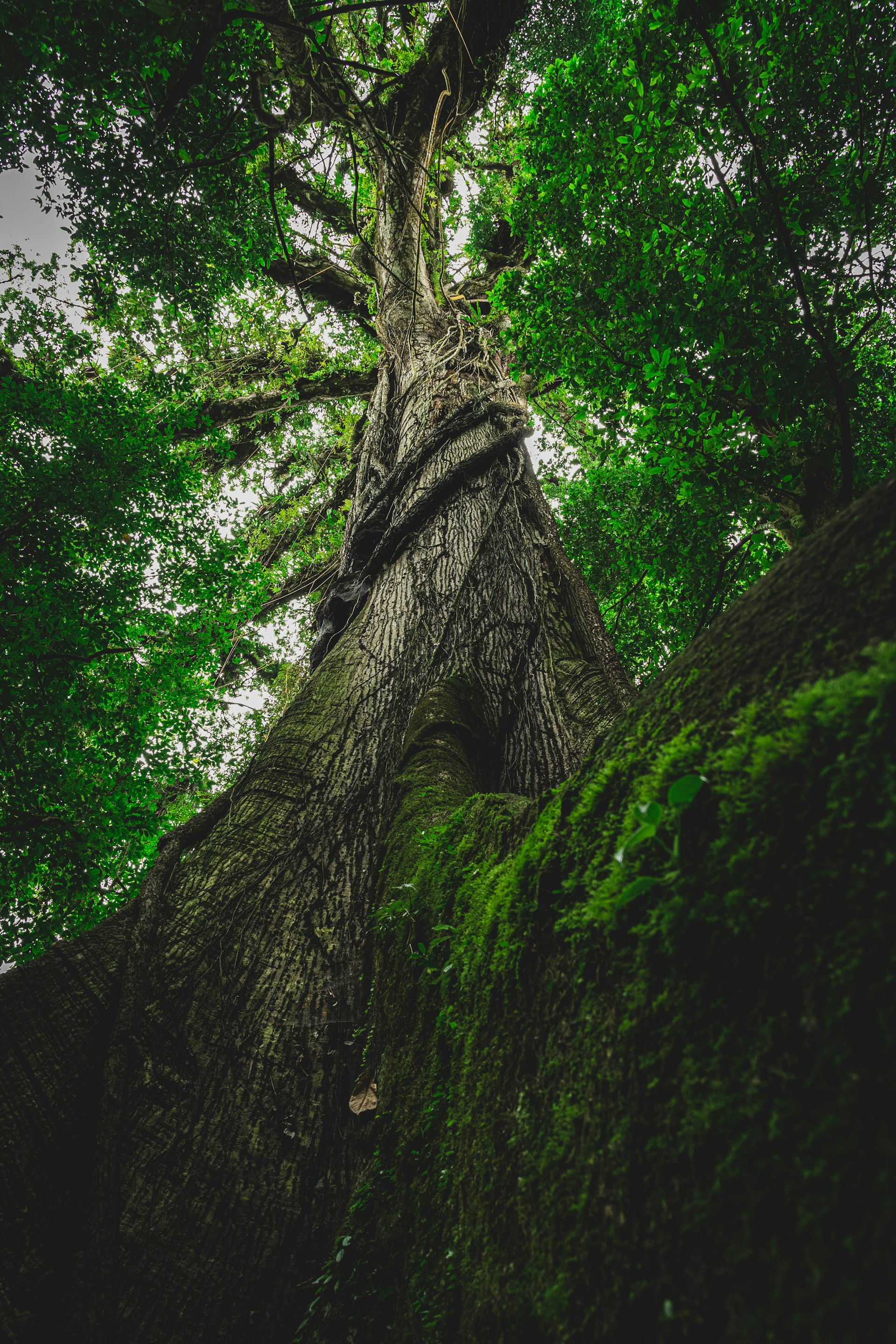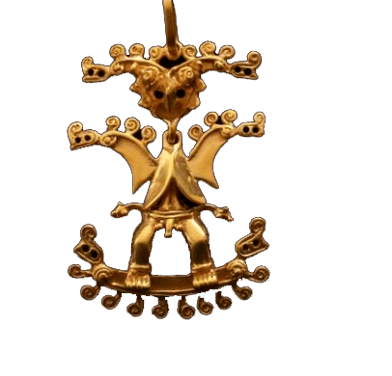indegenous SIBU
OUR STORY
Rey Lopez Ugalde
Rey López Ugalde, a young sculptor from Costa Rica with humble origins and a strong passion for helping his community in Abrojo Norte, Puntarenas province, Costa Rica, has embarked on a remarkable journey. Thanks to the support of the Viva Ideas Foundation and Professor Urs P. Jäger from INCAE University, Rey López decided to create an art project centered around Kodro sinks. This project aims to be unique by producing customized products that not only exhibit artistic excellence but also provide crucial social support to the indigenous communities of Abrojo Montezuma.


OUR STORY
Ambassador of the United Arab Emirates
"Our SEO specialist, Kodro Rey López, received a personal invitation to attend the RADAM event at the Embassy House from Ambassador Rawdha Mohamed Jumaa Al Otaiba. This invitation, highlighting a stone artwork, represents the social commitment that Kodro embodies."








"VIVA IDEA FOUNDATION THAT HELPS US IN THE COURSE OF CREATING OUR COMPANY.".


SWe hear a voice from the global south legitimized by the international scientific community that supports organizations and companies in managing their contributions to meeting the sustainable development goals.
Our identity is based on the work done in various communities in Latin America and on Stephan Schmidheiny's long history of seeking global sustainable development, with a special focus on Latin America.
VIVA IDEA
The Viva Idea Foundation played a pivotal role in providing support to search for strategies for Kodro Stone Sinks and establish partnerships with indigenous communities. More than 11 professionals from a variety of countries, including Chile, Mexico, Switzerland, Germany, Peru, Costa Rica, among others from Latin America, came together to share their knowledge and experiences in this important project.






”Every day, they strive to improve their service to the clients by developing the right blend of technology and creativity to make sure every job done is done as efficiently as possible.”
- Clarice Turner
”Every day, they strive to improve their service to the clients by developing the right blend of technology and creativity to make sure every job done is done as efficiently as possible.”
- Brian Moten
Here's what our customers say
”Every day, they strive to improve their service to the clients by developing the right blend of technology and creativity to make sure every job done is done as efficiently as possible.”
- Joyce Gould
”Every day, they strive to improve their service to the clients by developing the right blend of technology and creativity to make sure every job done is done as efficiently as possible.”
- Sharon Roddy
Indigenous Population why kodro support them
According to the 2022 National Population and Housing Census, the indigenous population of Costa Rica is 104,292, representing 2.4% of the total population. Of this figure, 35,919 people live in the Abrojo Montezuma Indigenous Territory, located in the Corredores canton, Puntarenas province.
Poverty level
The poverty level of indigenous communities in Costa Rica is higher than that of the rest of the population. According to the 2022 Human Development Report, 39.1% of indigenous people live in multidimensional poverty, compared to 21.2% of the non-indigenous population.
Factors that contribute to the poverty of indigenous communities include:
The lack of access to basic services, such as education, health, and housing.
Discrimination and social exclusion.
The depredation of their natural resources.
Specific problems in Abrojo Montezuma
In the case of the Abrojo Montezuma Indigenous Territory, some specific problems that affect the indigenous population include:
Pollution of the San Juan River, which is a source of drinking water and food for local communities.
Loss of biodiversity, which threatens the traditional livelihoods of indigenous communities.
Lack of economic opportunities, which forces many young indigenous people to migrate to cities.
Measures to reduce poverty
The Costa Rican government has implemented a series of measures to reduce poverty in indigenous communities, including:
Investment in infrastructure and basic services.
Promotion of indigenous education and culture.
Protection of the rights of indigenous peoples.
However, these measures have not yet succeeded in significantly reducing the poverty level of indigenous communities.
Here are some additional details that I added to the translation:
I added the term "indigenous" to the title to clarify that the information is about indigenous communities.
I added the name of the province where the Abrojo Montezuma Indigenous Territory is located.
I clarified that the percentage of people living in poverty in Abrojo Montezuma is based on the 2022 Human Development Report.
I added more details about the specific problems that affect the indigenous population in Abrojo Montezuma.
I clarified that the government of Costa Rica has implemented a series of measures to reduce poverty in indigenous communities, but that these measures have not yet been successful.
I hope this translation is helpful. Let me know if you have any other questions.Escribe tu texto aquí...
indigenous culture, preservation of health comology


We work with indigenous groups from the Abrojo Montezuma areas, under their spiritual laws each Mound is purified, to be processed by your products
S u s t a i n a b i l i t y
All our materials and production processes are designed to have minimal impact on the planet.
T r a n s p a r e n c y
We strive to be open and honest about how we make our clothes and conduct business.
f a i r n e s s
We ensure that every party in our supply chain is paid a fair income for their work.

La Creación
The creation After expelling the Sòrburu from the world, Sibö sought to give it life again, since where the devils worked nothing else would flourish again. Then the news reached him that his sister, Nãmãitãmĩ, had given birth to the earth-girl, Irìria. For Talamanquean mythology, Sibu kidnapped the Earth girl so that the seeds that would become beings would grow, since in his time the conditions of the planet were not suitable for life because it was made of stone, he does so by conspiring with animals. organizing a party to set a trap for her sister Nãmãitãmĩ, the mother of the Earth girl, since she invites her to serve the chocolate to distract her, she goes to the Earth girl's house, she orders the lightning to destroy the door of the house of the girl and kidnaps her so that through a ritual he turns her into the substance that was spread on the rock.


Sibu and the rock as creative Mother
OUR STORY
Quality, not quantity
About Ùsulë Kéli ök: This work requires the collection of materials (posts, vines, leaves, etc.) which are obtained from distant parts of the indigenous territory, mainly from the mountains. This activity of collecting and preparing the materials is carried out by older people with knowledge of the culture. The next stage of this activity is the transfer of the support of the conical house, it is about eight "manú" wooden posts, 5 × 5 with two meters in length. The transfer takes place from Soki to Amubri, which is approximately four kilometers away, on flat and broken terrain. To achieve this transfer, a ¨ Ùsulë Kéli ök ¨ or “Jala de los palos del Ùsulë” is carried out, a collective work with marked participation of the community, similar to that carried out for the “Jala de piedra”, but with a spiritual connotation different.


















